Throughout automotive history, certain cars have captured the public’s imagination and left us wondering what could have been. While muscle cars dominated the roads with their powerful engines and aggressive styling, some vehicles seemed destined for the same fate but never quite made the leap. Here are ten cars that, despite their potential, missed out on joining the muscle car legacy.
Ford Pinto
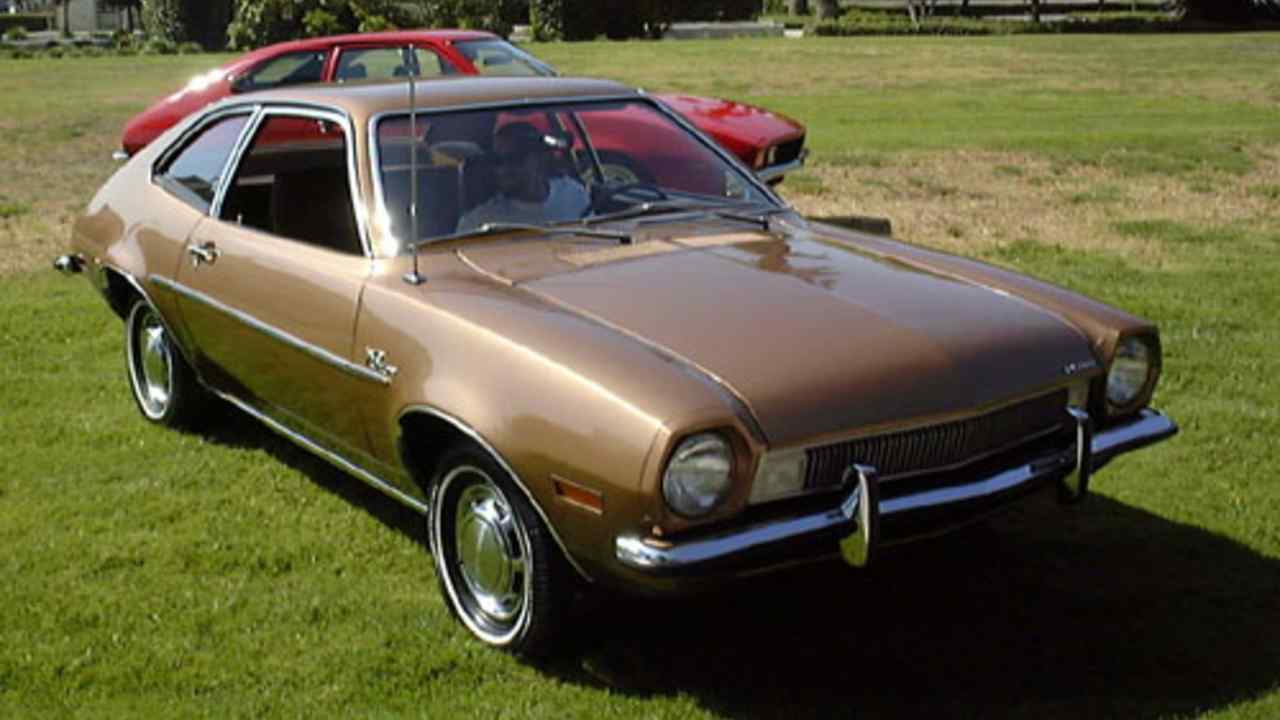
The Ford Pinto, produced from the early 1970s to the early 1980s, was designed as a compact and affordable economy car. Despite its reputation for safety issues, particularly with its fuel tank design, the Pinto had a lightweight frame that could have made it a candidate for a muscle car transformation. Imagine a Pinto fitted with a V8 engine and beefed-up suspension; it could have been the ultimate sleeper car, surprising everyone at the drag strip.
In a parallel universe, the Pinto could have been Ford’s answer to the muscle car craze. With the right engineering and marketing, it might have shed its economy car image and instead become a cult favorite among muscle car enthusiasts. Unfortunately, the focus on affordability and fuel efficiency took precedence over performance.
Chevrolet Corvair
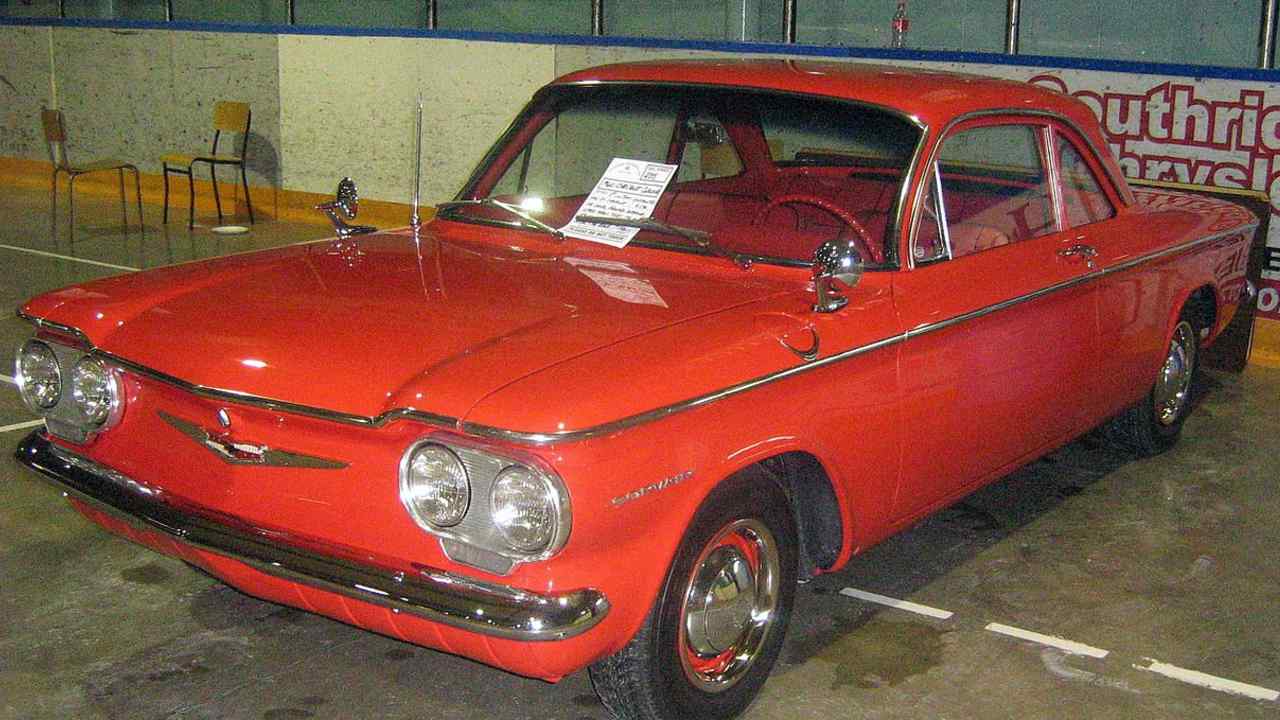
The Chevrolet Corvair was produced from 1960 to 1969 and was unique for its rear-engine design, which was uncommon among American cars of the time. While it faced criticism from Ralph Nader’s “Unsafe at Any Speed,” the Corvair’s design offered excellent handling potential. Had Chevrolet focused on enhancing its performance, the Corvair could have rivaled the muscle cars of its era.
Equipped with a turbocharged engine in the Monza Spyder and Corsa models, the Corvair showed glimpses of performance potential. If Chevrolet had embraced this direction and pushed the Corvair further into muscle car territory, it might have emerged as a quirky yet formidable competitor in the muscle car market.
AMC Gremlin
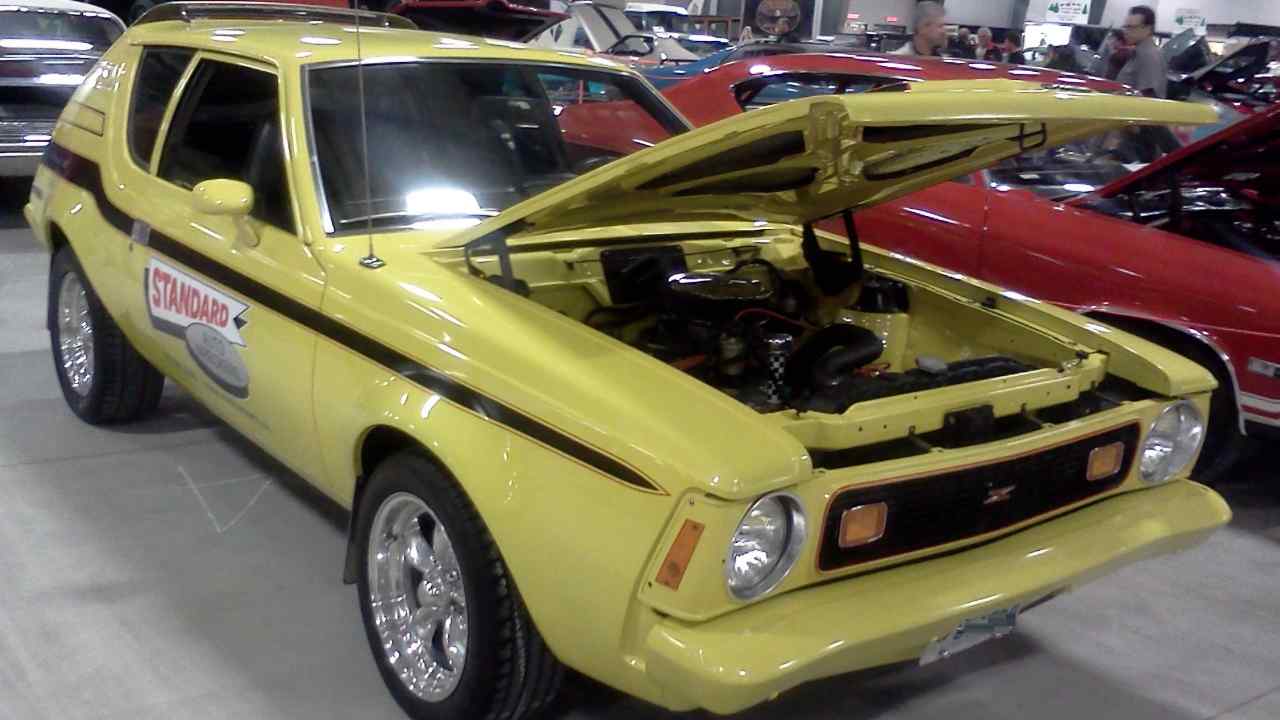
The AMC Gremlin, introduced in 1970, was known for its distinctive styling and compact size. While it was marketed as an economical subcompact car, the Gremlin’s short wheelbase and light weight could have made it an interesting muscle car contender. A high-performance version with a powerful engine under the hood would have been a fascinating addition to the muscle car landscape.
Some enthusiasts have taken it upon themselves to create their own muscle-bound Gremlins, swapping in V8 engines and making performance modifications. These custom builds show what could have been if AMC had decided to push the Gremlin into the muscle car realm, giving it some serious street cred.
Dodge Omni
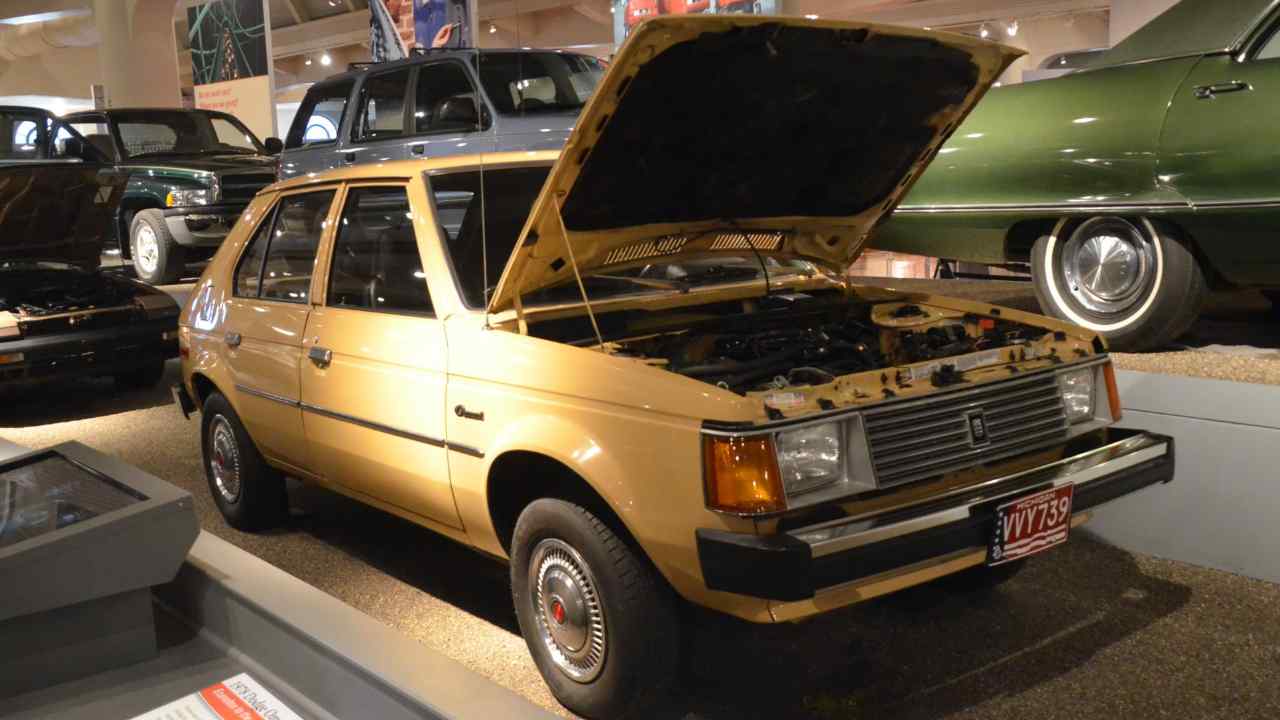
The Dodge Omni debuted in 1978 as a practical, front-wheel-drive hatchback. Its utilitarian design was a far cry from the aggressive stance of a muscle car. However, with the right performance upgrades, such as a turbocharged engine and sport-tuned suspension, the Omni could have been transformed into a surprising powerhouse.
In the 1980s, the Omni GLH (Goes Like Hell) turbocharged variant hinted at what could have been. With Carroll Shelby’s touch, the Omni GLH delivered impressive performance for its time. If Dodge had continued down this path, the Omni might have evolved into a compact muscle car legend.
Pontiac Fiero
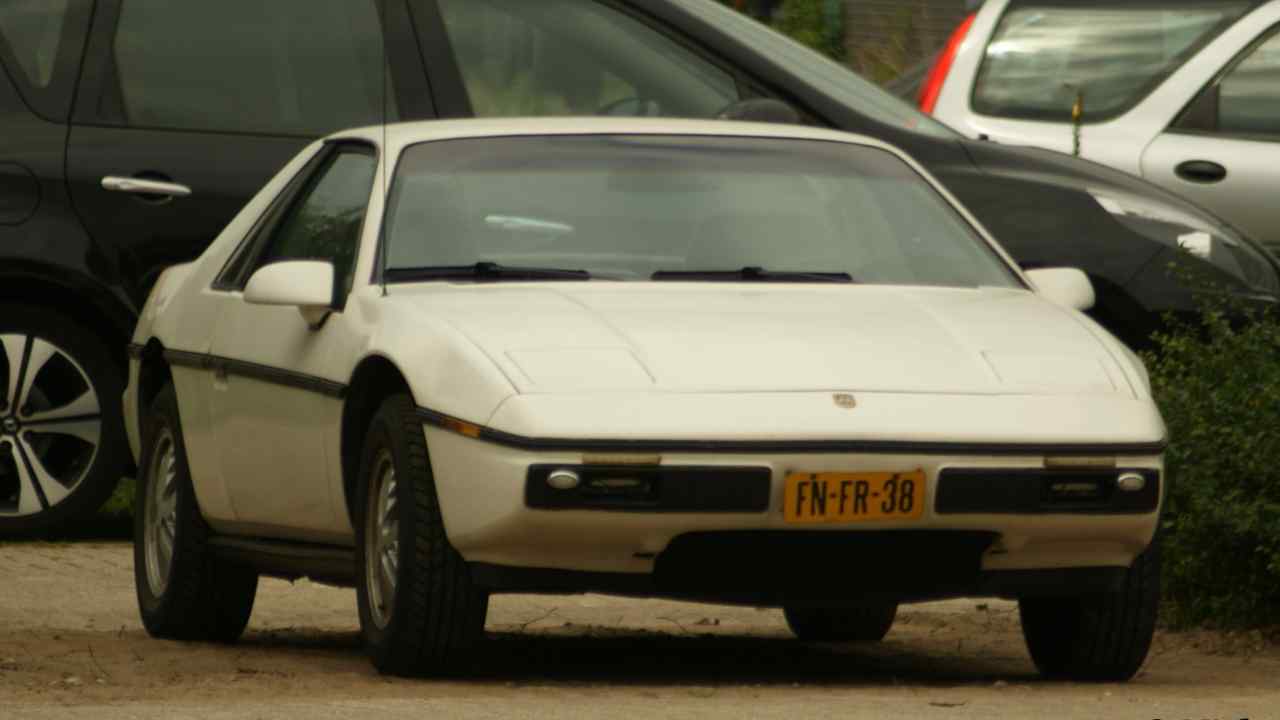
The Pontiac Fiero, produced from 1984 to 1988, was a mid-engine sports car that promised performance but initially delivered more on style than substance. With its lightweight design and potential for handling prowess, the Fiero seemed like a perfect candidate for muscle car status. If Pontiac had focused on performance from the start, the Fiero might have been a true American sports car icon.
In its later years, the Fiero GT received more powerful V6 engines and improved handling, but it was too little, too late. Had Pontiac dedicated the Fiero to muscle car performance earlier in its production run, it could have become a serious contender in the performance car market.
Plymouth Horizon
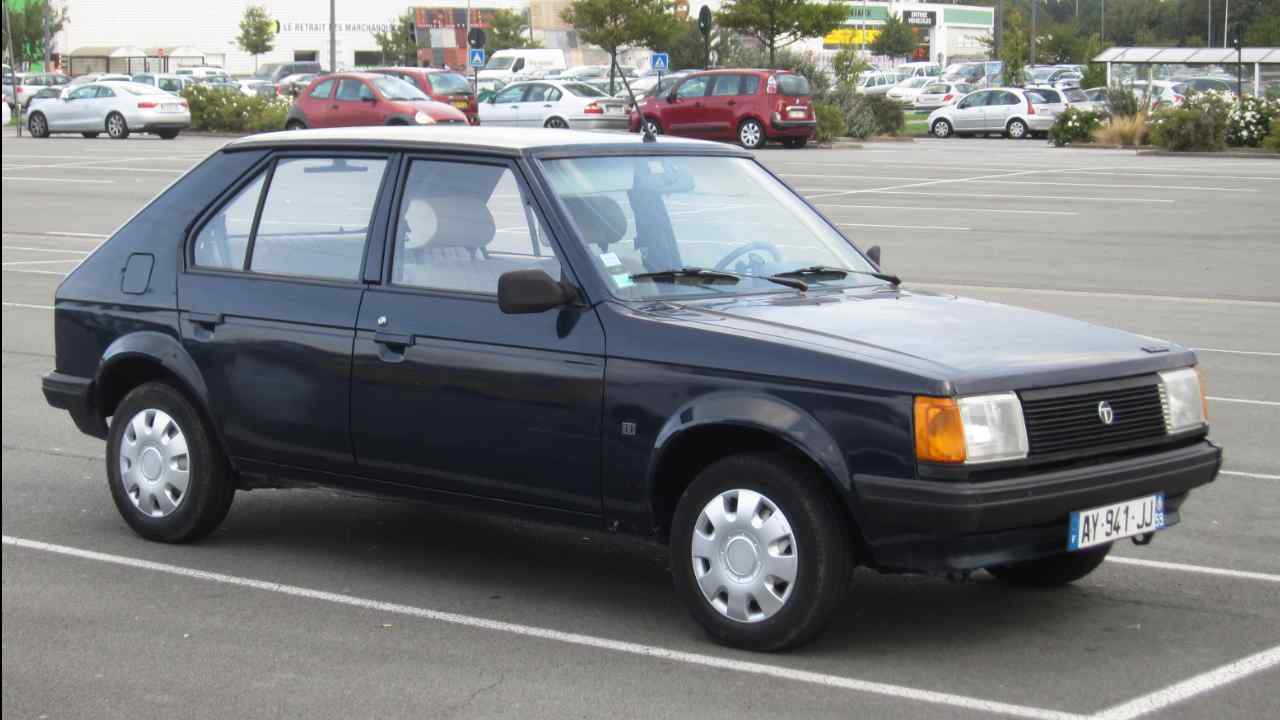
The Plymouth Horizon, launched in 1978, was another compact hatchback that prioritized practicality over performance. However, its lightweight design and potential for engine swaps made it a blank slate for muscle car enthusiasts. With a few modifications, the Horizon could have been transformed into an unexpected performance machine.
While Plymouth never officially positioned the Horizon as a muscle car, the concept of a high-performance variant is intriguing. A turbocharged version with upgraded suspension and brakes could have given the Horizon a new lease on life as a compact muscle car.
Mercury Capri
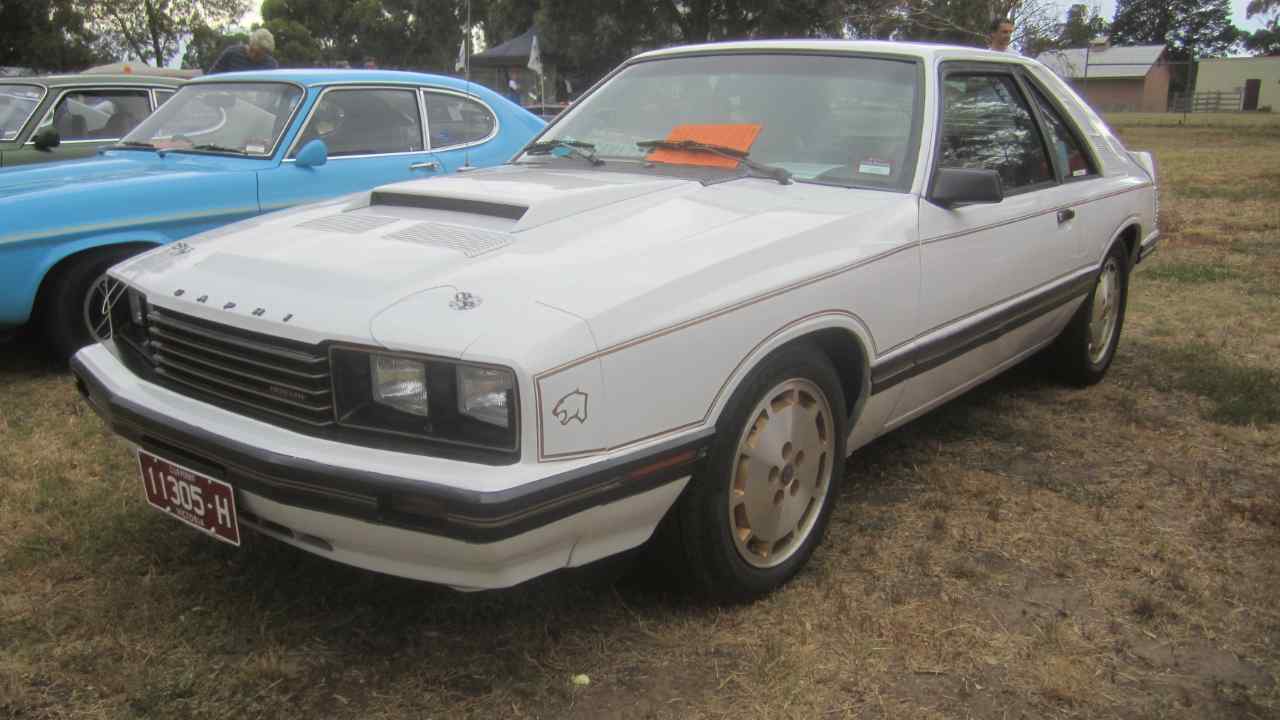
The Mercury Capri, especially the models produced in the early 1970s, had the sporty looks that hinted at muscle car potential. Despite its sleek lines, the Capri was more of a European-style coupe than a true American muscle car. With a more powerful engine and performance-focused upgrades, the Capri could have been Mercury’s muscle car contender.
In Europe, the Capri was known for its performance capabilities, and if Mercury had embraced this identity more fully in the U.S., it might have found a niche among muscle car enthusiasts. The Capri’s lightweight design and balanced handling were just waiting for a powerful engine to complete the package.
Buick Reatta
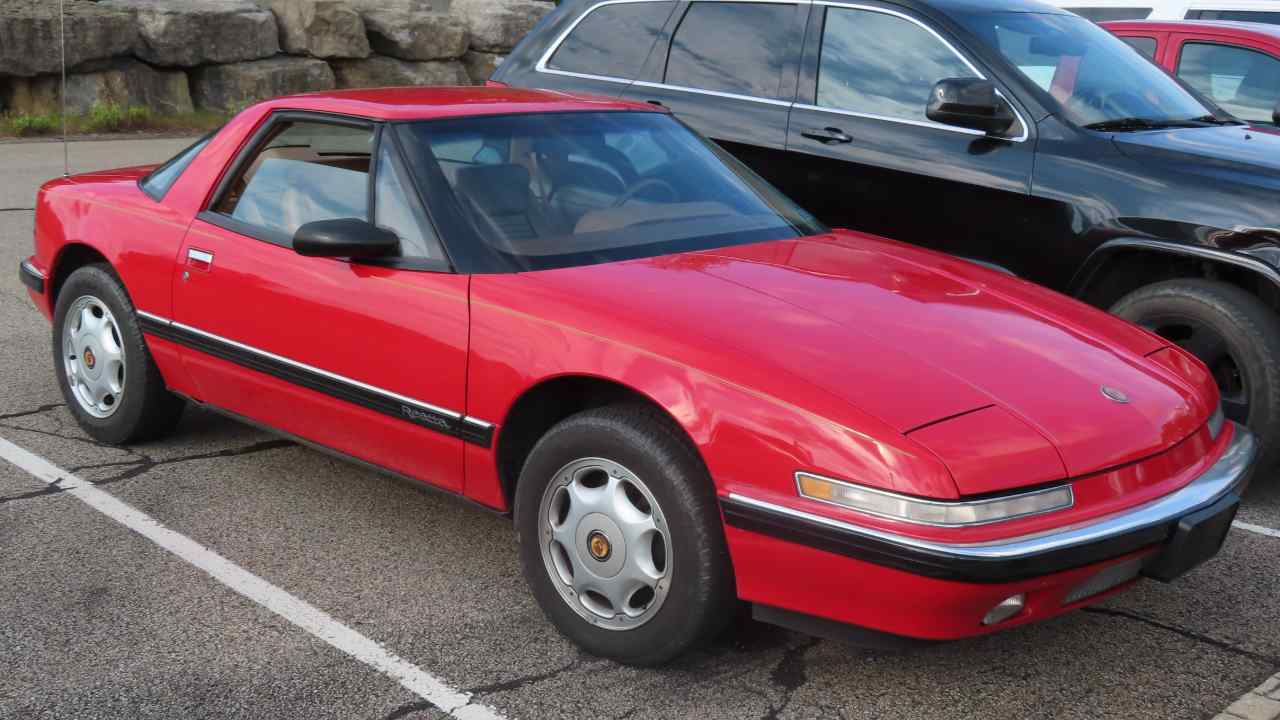
The Buick Reatta, produced from 1988 to 1991, was a stylish two-seater coupe that focused more on luxury than performance. With its unique design and advanced technology for the time, the Reatta had the makings of a luxury sports car. However, a muscle car version with a beefed-up engine and sport-tuned suspension could have taken it to new heights.
Buick’s decision to prioritize comfort and style meant that the Reatta never achieved muscle car status. Nevertheless, its potential for performance remains an intriguing “what if” in automotive history. A performance-focused Reatta might have given Buick a new identity in the sports car market.
Oldsmobile Cutlass Ciera
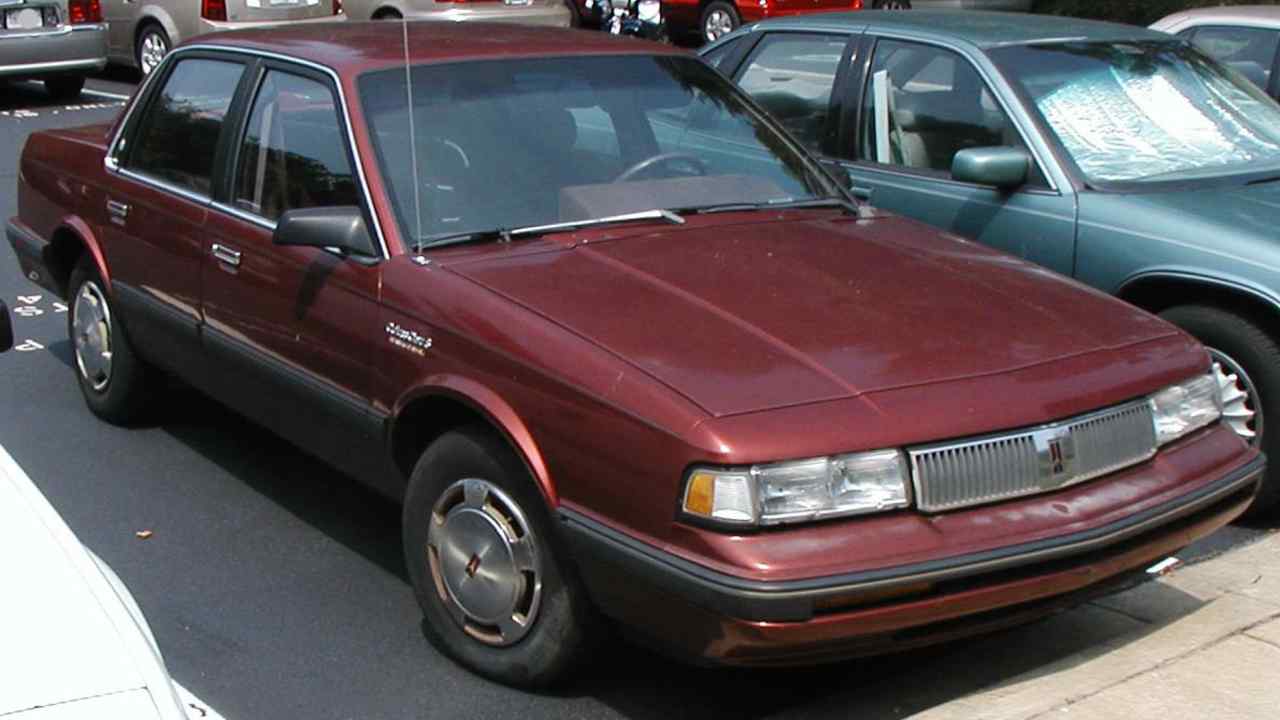
The Oldsmobile Cutlass Ciera, a midsize car produced from 1982 to 1996, was a staple of American family transportation. While it was not initially designed for performance, the Cutlass name had a history of muscle car glory. With the right modifications, the Ciera could have carried on the Cutlass muscle car legacy.
Imagine a Ciera with a high-performance engine and sport-tuned suspension, offering both practicality and power. While Oldsmobile focused on comfort and reliability, a more performance-oriented Ciera might have reinvigorated the brand’s muscle car heritage.
Chrysler LeBaron
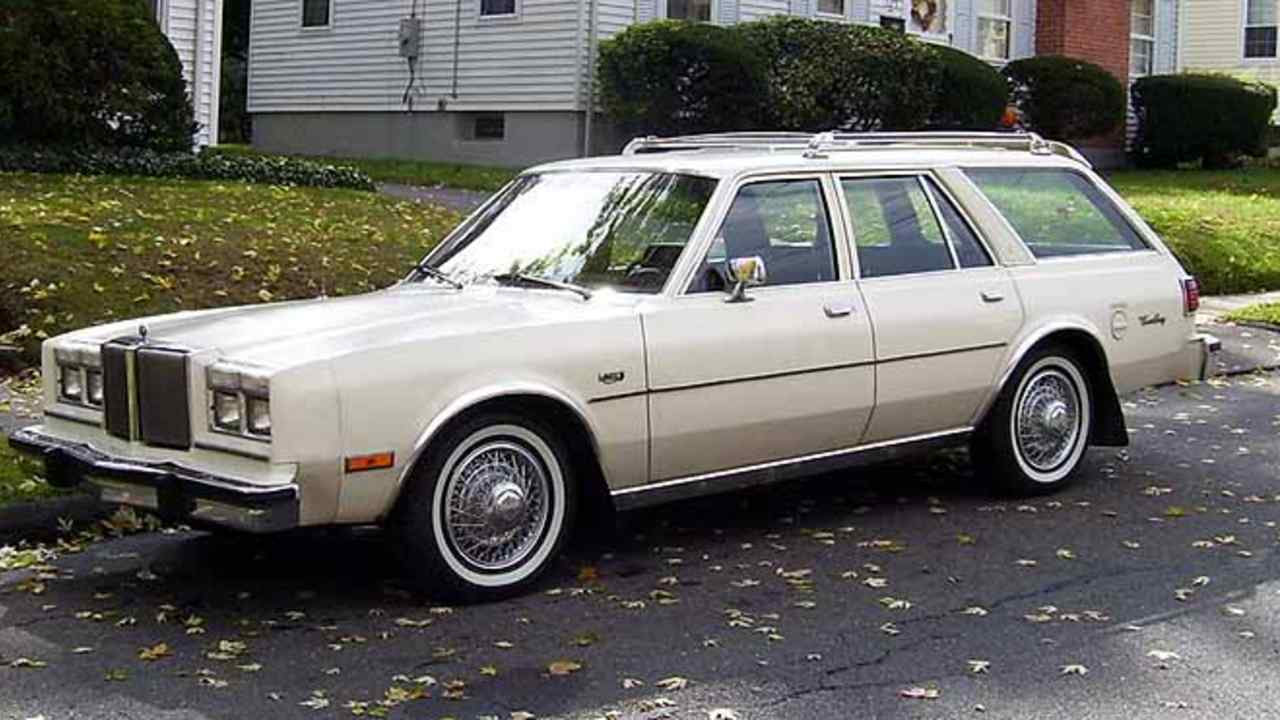
The Chrysler LeBaron, a long-standing nameplate, was known for its luxury and style. However, the LeBaron’s various iterations, especially in the 1980s, had the potential to be more than just comfortable cruisers. With a focus on performance, a muscle car version of the LeBaron could have been an exciting addition to Chrysler’s lineup.
While the LeBaron was offered with turbocharged engines and sporty trim packages, it never fully embraced the muscle car ethos. A dedicated performance model could have given the LeBaron a new identity, merging luxury with the raw power and excitement of a muscle car.
Like Fast Lane Only’s content? Be sure to follow us.
Here’s more from us:
*Created with AI assistance and editor review.

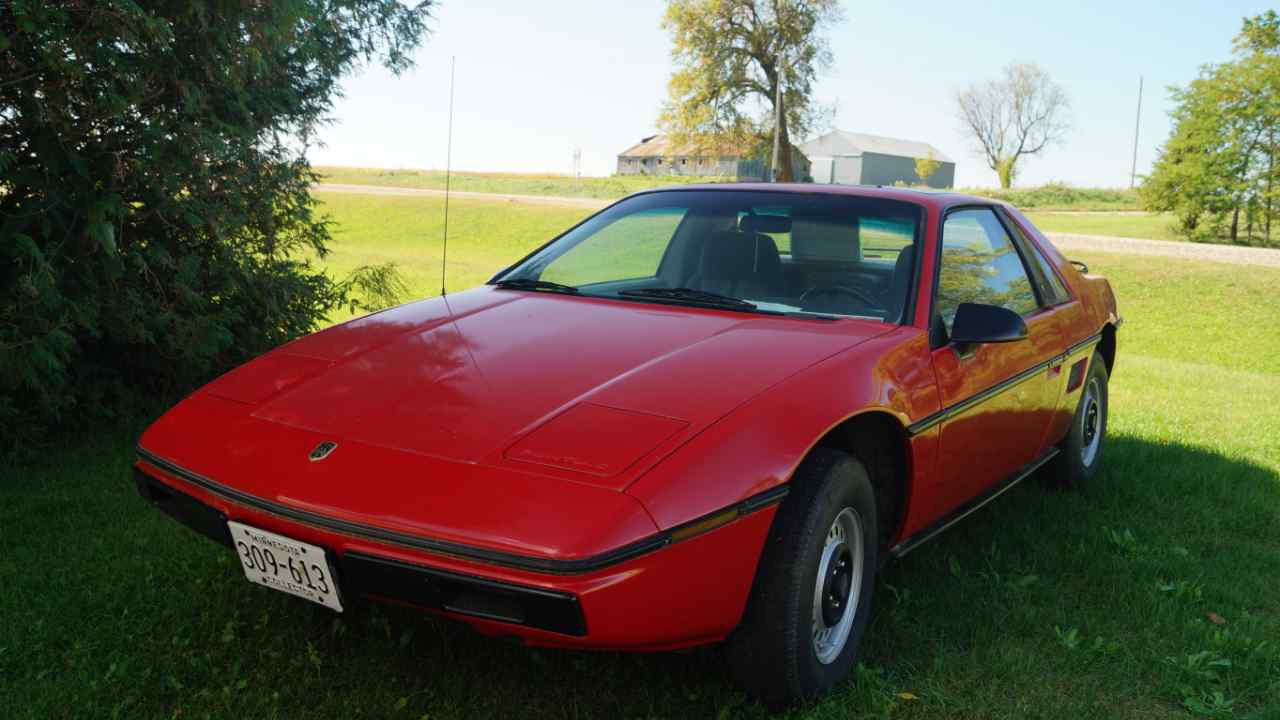
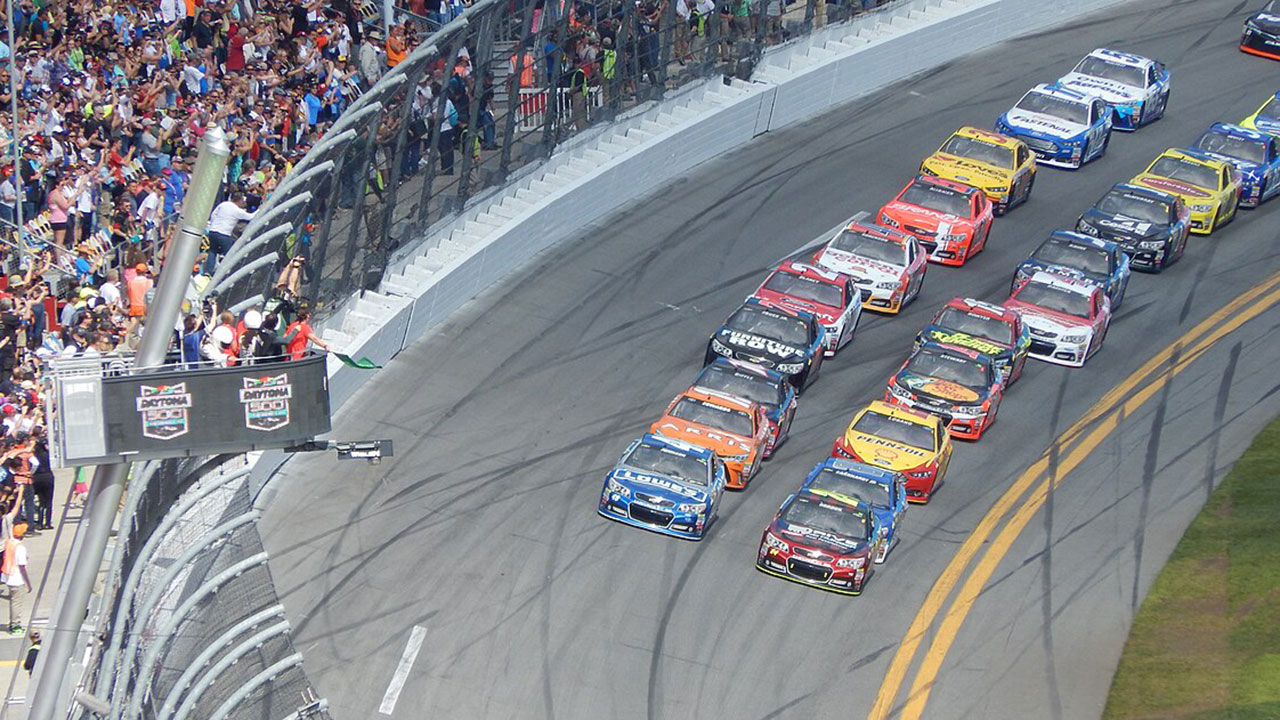

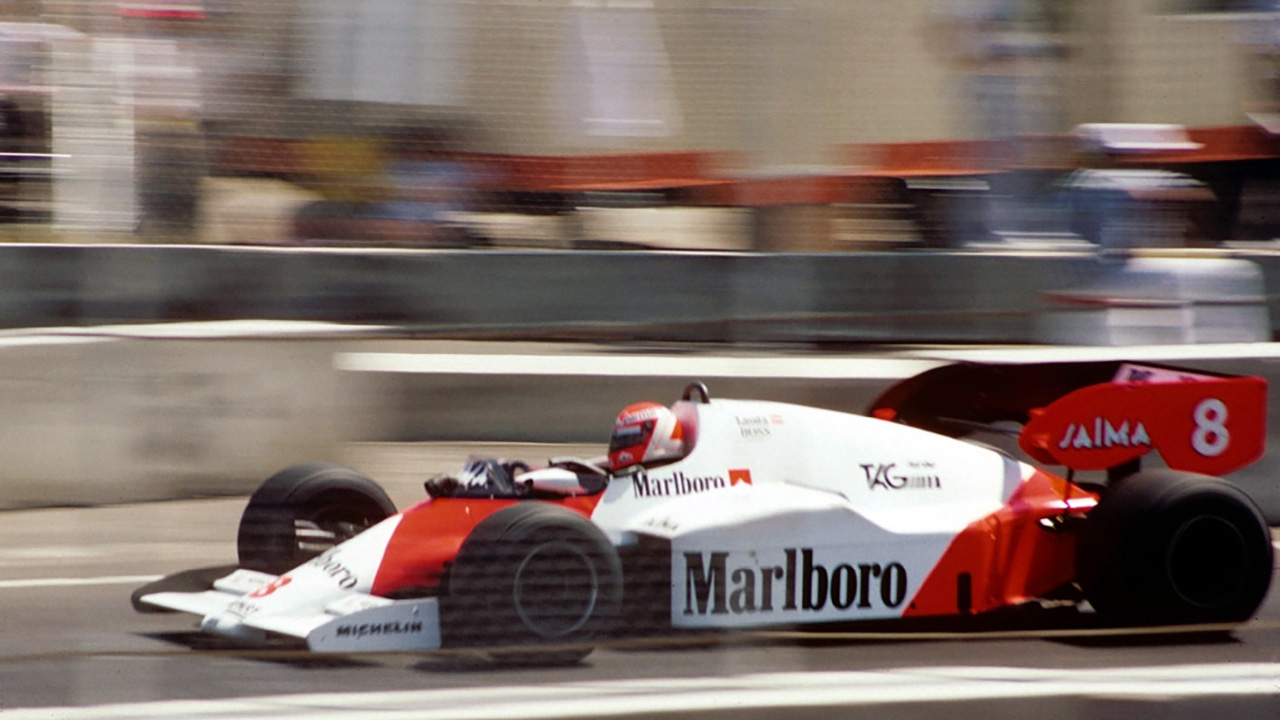
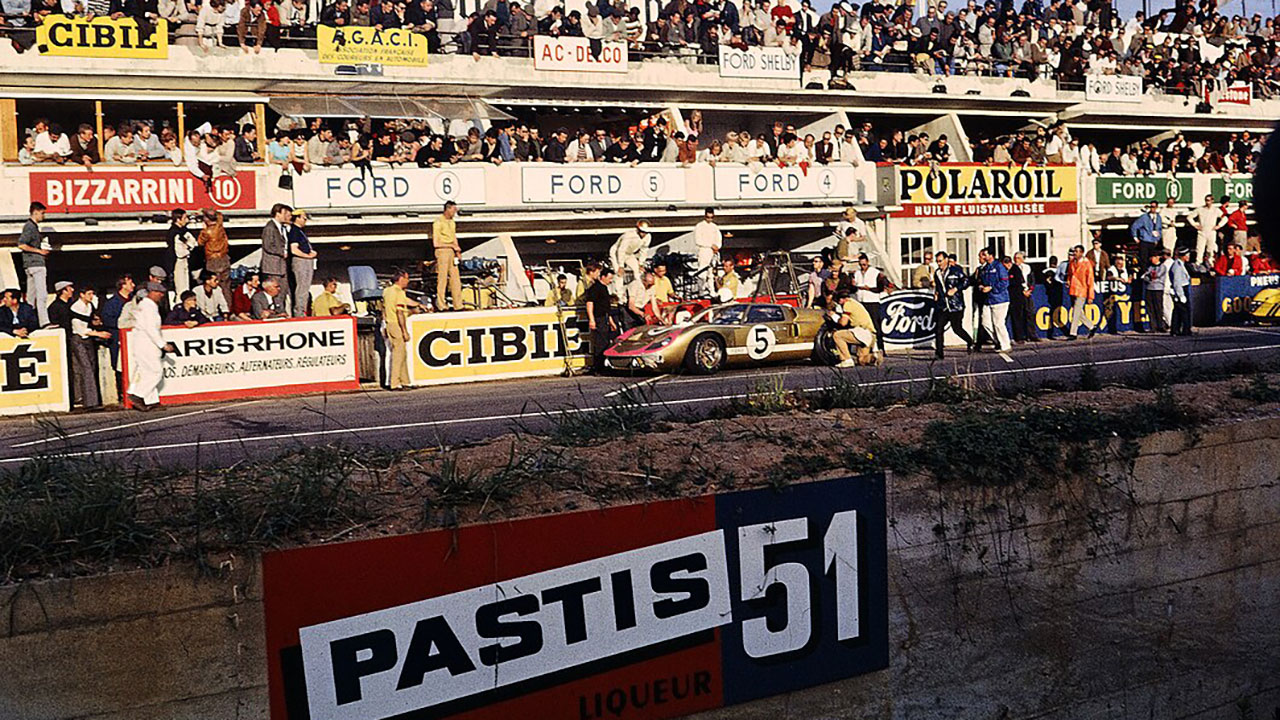
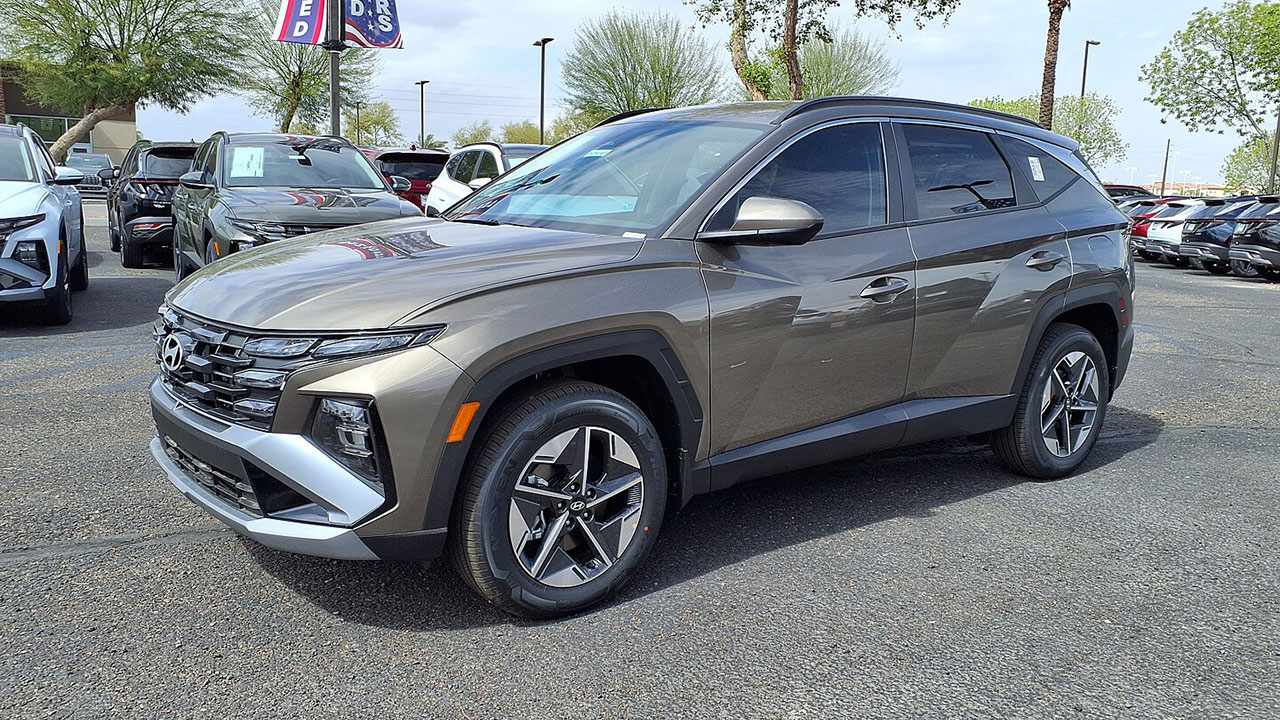
Leave a Reply